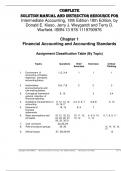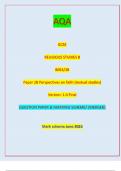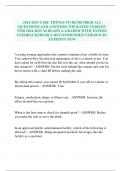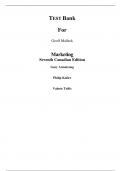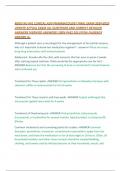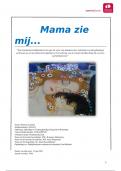Exam (elaborations)
Solution Manual and Instructor Resource for Intermediate Accounting, 18th Edition 18th Edition, by Donald E. Kieso, Jerry J. Weygandt and Terry D. Warfield. ISBN-
- Course
- Institution
Solution Manual and Instructor Resource for Intermediate Accounting, 18th Edition 18th Edition, by Donald E. Kieso, Jerry J. Weygandt and Terry D. Warfield. ISBN-
[Show more]
